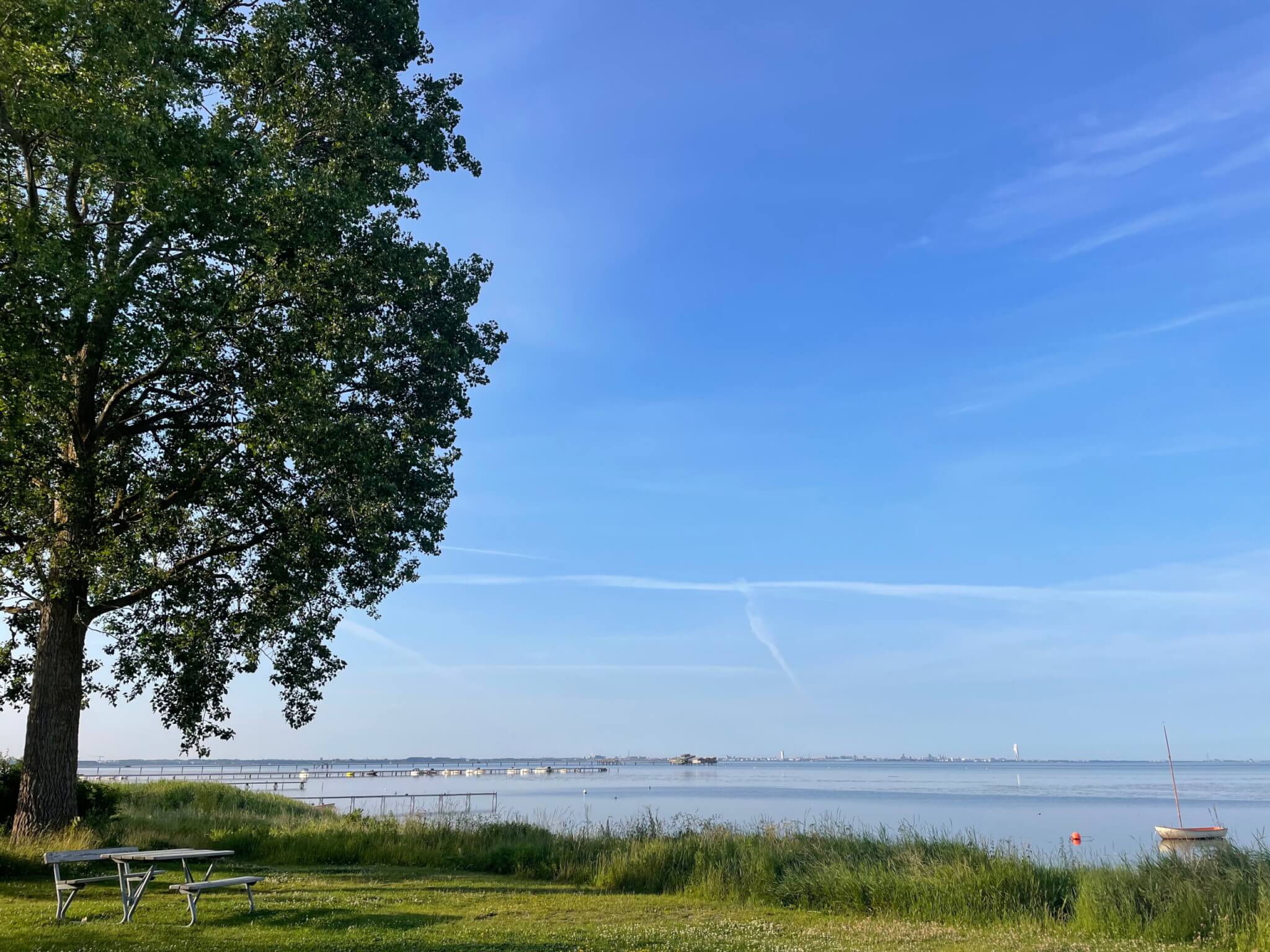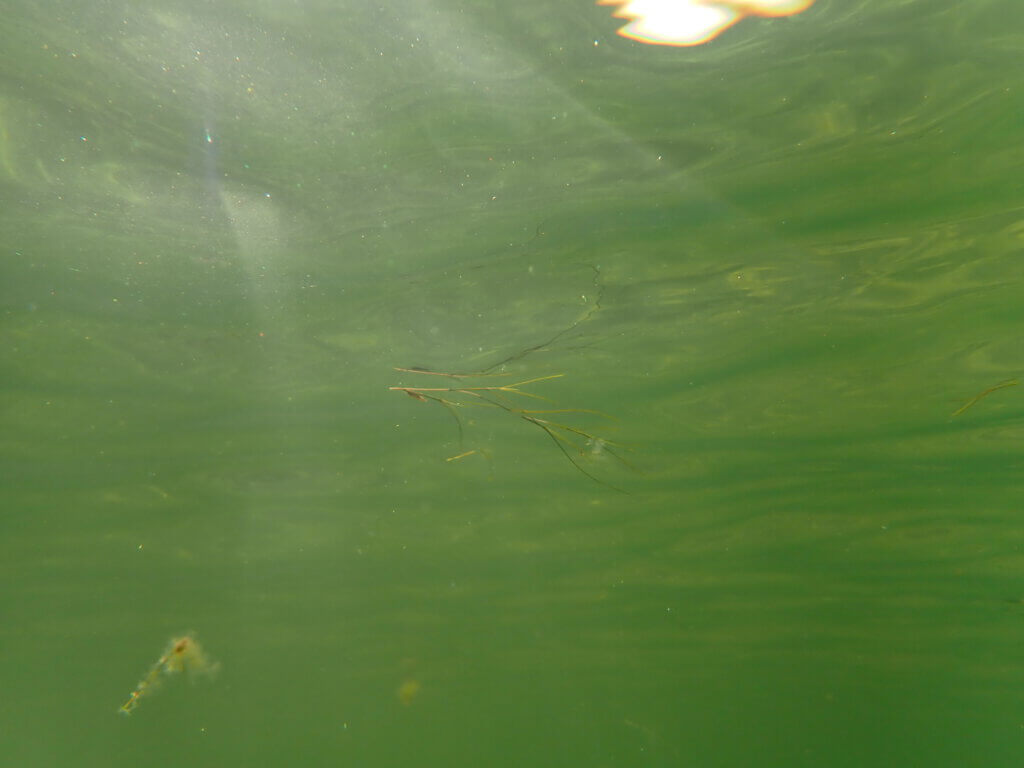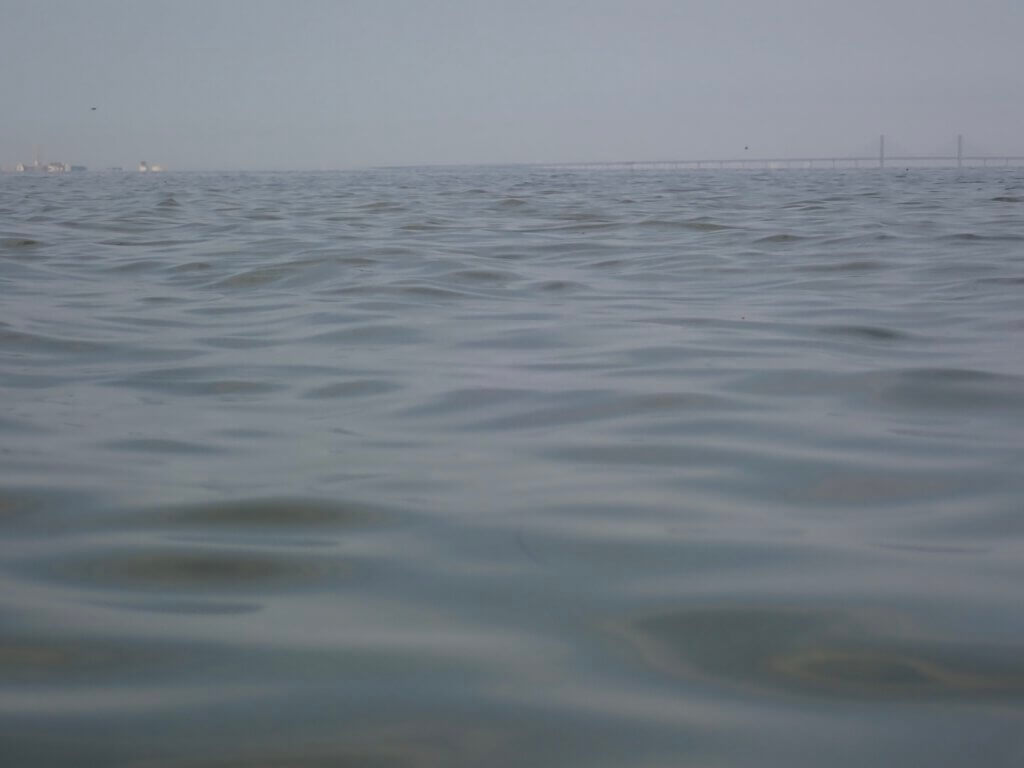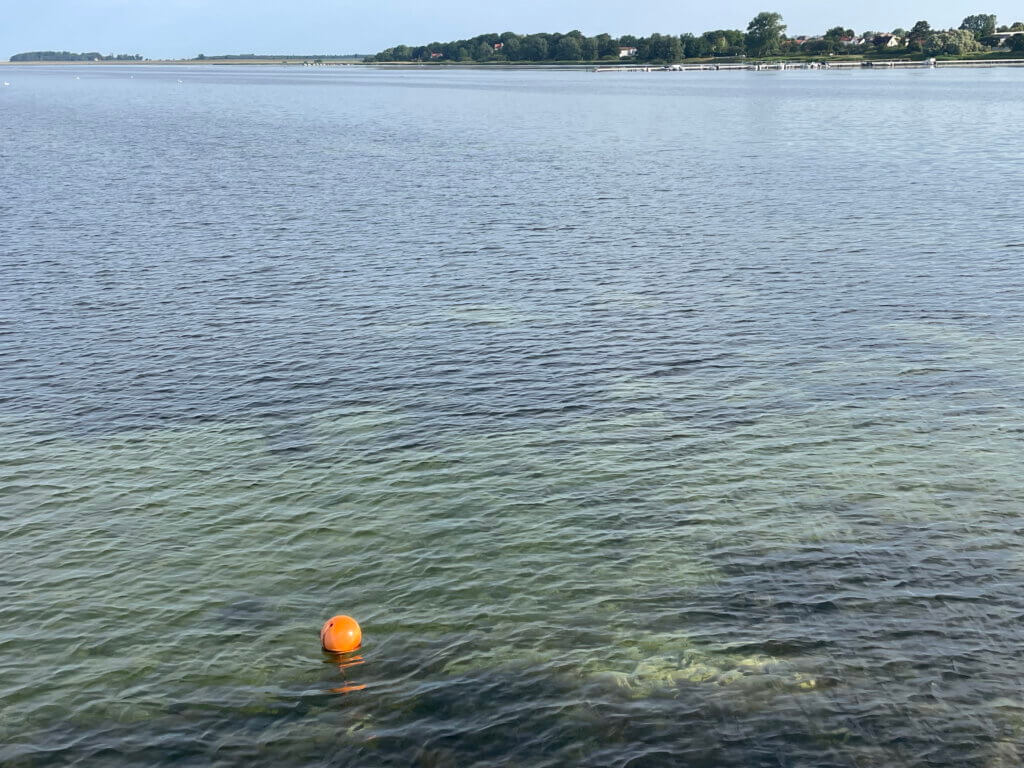
Currently reading Carless (2009) on “Trust, distrust and their impact on assessment reform”
Since reading Macfarlane’s chapter the other day, I am thinking a lot about the influence of institutional policies (rather than teacher actions in direct contact with students) on trust. Now I am reading Carless (2009), who writes that “accountability can be a source rather than a remedy for distrust“.
Carless (2009) argues that learning-oriented assessment practices put “productive student learning” in the focus, while of course also fulfilling the other functions, like grading and certifying. Typical element of assessment tasks are that they have real-world relevance and are cooperative, not competitive, employing peer feedback and self-assessment. He highlights that they also “fulfil[…] the demands required in the contemporary workplace” (which I just days ago read a strong criticism of) and should be constructively aligned (just for fun, also that is put into question in the literature. But then what isn’t?).
Carless (2009) then investigates trust in assessment, which is not about whether grades can be trusted (although he suggests that “it may be easier to maintain trust in an assessment system that has less validity but more perceived reliability“, leading to “more objective but less complex assignments“), but about “the confidence one has in the likelihood of others (management, administration, colleagues, students) acting responsibly in respect of sound principles, practices or behaviours“.
There are many ways in which distrust shows up for different assessment formats, for example in
- examinations, which “are trusted partly because of their long tradition“, but also because of claims that plagiarism is more difficult, and thus easier to avoid, than in other types of assessment. But by implicitly accusing all students of plagiarism, this is also a source of distrust
- peer-assessment, where concerns about free-riders exist, and therefore a lot of the literature is correlating tutor and student grades in an attempt “to justify the trustworthiness of student marking”, which is distracting from a focus on student learning
- formative feedback, which requires willingness to show weaknesses so that they can be worked on, which in turn requires trust in the teacher. Without that trust, formative feedback carries the risk of “faking good” so that potential weaknesses cannot be used against them
- grading in general might be used by teaching to “obtain favourable evaluations“
So how can trust be built? Carless (2009) suggests that “for competence trust to be more robust there is a need for higher levels of assessment literacy at all levels of an institution from senior management to frontline teaching staff. We require systems that can be justified theoretically and practically, and the confidence to defend our practices against internal or external scrutiny“. Until that is established, there are good reasons to not trust assessment practices.
Trust could also be built through a focus on relationships, for example in distributed leadership: more open way of working together, shared decision-making, and a leader with expertise on assessment rather than a leader who is there due to hierarchy. And through more communication and transparency even towards students (even though there are bargaining aspects and compromises we might prefer they don’t know about), but at least when it comes to tacit assumption type things like what and when and where and how things are actually assessed. Also, “[p]lagiarism thrives in large anonymous classes so the closer and more trusting relationships are between staff and students, the less likely plagiarism is to occur“.
Carless (2009) concludes with a call for integrity: “Perhaps lecturers also need to resist external pressures and shy away from defensive assessment. This is not easy when contract renewals, tenure, promotions or other carrots and sticks may be at stake. It is, however, the hallmark of a professional that he/she is able to make his/her own informed and evidence-based judgements on the desirability of professional actions.”
Carless, D. (2009). Trust, distrust and their impact on assessment reform. Assessment & Evaluation in Higher Education, 34(1), 79-89.
And here are some pics from a recent dip. The fascinating underwater world in Öresund…
And the oily-looking surface on a calm day.
It’s fascinating how different the surface looks when we look at it from the other side!
I think it’s because waves are not symmetric, the crests are always more pointed and the troughs long and flat, so looking at it from the other side suddenly makes the shapes look unfamiliar.
But looking closely, maybe that really is what it is!
Hi, Öresundsbridge!
One last pic of wave rings radiating from where that buoy is bobbing in the waves!






